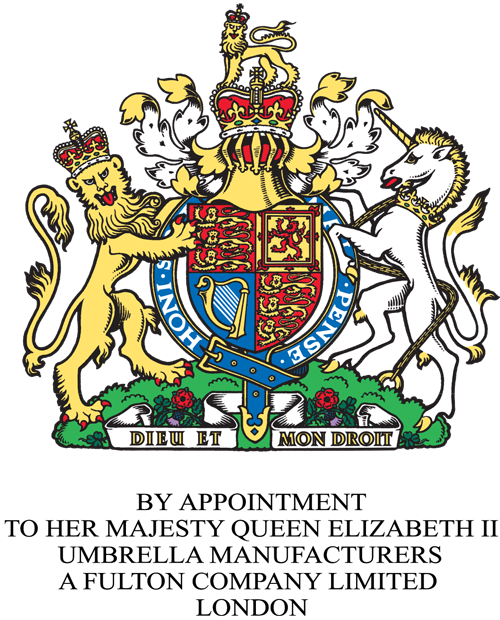Most of us refuse to leave the house without a brolly in our hand, especially in the UK where the weather is unpredictable. But we’re a hardy bunch, and we’ll seize the day whatever the weather. From venturing out in sub-zero temperatures in Newcastle-Upon-Tyne without a coat, to the promise of sunshine in the South from March onwards, it’s certainly a mixed bag in terms of the UK forecast. And this is only increasing…
Regardless of whereabouts you reside in the UK, you’ll have noticed that it has become more difficult for forecasters to pin down weather patterns. In recent years, there’s been an upsurge in extreme weather events. We’re taking a look at how our traditional April showers have evolved in the past decade, from sporadic flooding to some of the hardest hitting storms we’ve experienced.
Join us as we uncover just how much of a rainy nation we are, and how the times have changed.
Is the North still destined for drizzly days?
The answer to this comes as no surprise – there’s less rainfall across the year on average in Southern cities of the UK, and the North reigns supreme as the spiritual home of the brolly. The North certainly does get a bad reputation for being dreary and grey from October through to July. Even in the summer months, Northerners will be reaching for their brollies while the South sizzles in glorious sunshine. Northern UK cities have been historically regarded as umbrella territory, and rightly so. In Manchester, the average annual rainfall is 929mm, and across the border in Glasgow, the average rainfall sits at a substantial 1,171mm.
But while there are some notorious Northern areas for rainfall, recent finding have shown that since 2008, there’s been 24.3 per cent less rainfall recorded in the North. In Scotland, the drop in drizzle was 18.9 per cent over the same 10-year period. Over the past decade, precipitation trends have changed notably, and even the wettest region in the UK has experienced an overall decline in showers.
Showers in the South
The South doesn’t escape from a spot of drizzle every now and again though. In Exeter, the average rainfall per year is 848mm, and Bristol had a recorded 819mm of rain per year. London had an average of 594mm, and on average the South of England had 795mm of rain per year between 2008-2018. This is a lot less in comparison to the figure of 1,704mm for the North!
Over on the moors, the South West of England is one of the rainiest areas of the region, and the city of Plymouth gets an average of 1,000.5mm of rain per year. Gloucester follows closely with a rainfall of 840.3mm. Our picturesque Southern seaside is frequently falling victim to the untameable seas and rainy days though, as the average annual rainfall is increasing gradually.
Londoners certainly have a differing stance towards taking on the elements compared to the North though. Those down South tend to choose a trendy birdcage umbrella instead of adding an extra layer to their outfits with a raincoat.
Changes in our rainfall patterns and extreme weather
However, the North seems to be bearing the brunt of more episodes of extreme weather, such as flooding. Regions in Yorkshire, Cumbria and Scotland have experienced some of the most serious cases of flooding. Most recently, Doncaster and the surrounding areas have been submerged by a deluge which has caused mass destruction. Researchers from the University of Vienna took data from 3,738 flood measurement stations throughout Europe over a five-year-period – and they found an 11 per cent increase in flooding across Northern England and Southern Scotland.
How we deal with the weather certainly varies by region. On average, temperatures are consistently warmer in the South, so an umbrella makes sense on most days, rather than overheating in a thick coat! Meanwhile, in the North, shrugging on a big coat, wielding a trusty brolly and marching out into the rain is what it’s all about! We could all learn a thing or two from the famous northern resilience to the wet and rainy weather – add a brolly to your bag and you’ll never get caught in the rain again!

